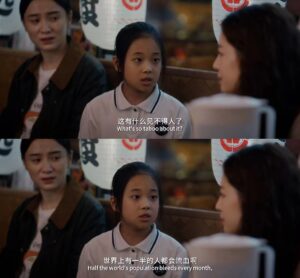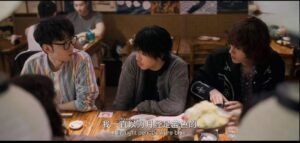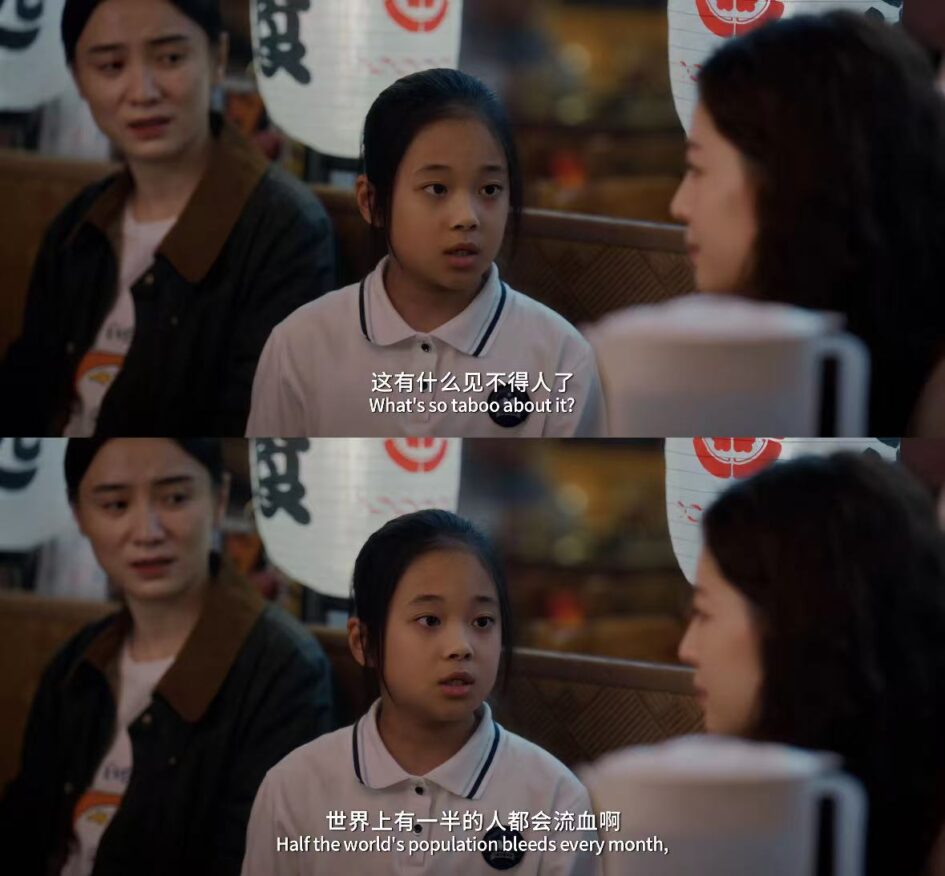“The female body has been for centuries the main battlefield on which the war for the accumulation of labor-power has been fought. “Silvia Federici, Caliban and the Witch
“Are you really going to make an exhibition about menstruation?”
I questioned myself this countless times before I began to shift my curatorial program and curate The Bleeding Moon, with rhetorical questions popping up in my head, “Would it be too sensitive? Is it too personal? Would the audience accept it? Is it too much of a leap to take a sudden thematic shift? Do I really want to throw away all the research I have done for the previous curatorial project and turn to a completely new and unknown field?”
But the more I questioned, the more I realized: we never really talk about menstruation.
Why isn’t the real body talked about?
“Femininity is thus made to mean passive objecthood, the object of the male look, where the female body is constructed to be looked at, not to speak.” (Pollock, Vision and Difference, p.70) “Art historian Griselda Pollock has noted as much. We have seen countless naked women’s bodies in art history, but these bodies are seen and objectified, not to speak of experience.
Recently, the Chinese feminist film Her Story was screened in the UK. One line struck me deeply.
“What’s wrong with menstruation? Half the people in the world are bleeding.”
A male protagonist in the film recalled.
“When I was a kid, I thought all menstruation was blue, because in every commercial, period blood was blue.”
This moment stayed with me – not just because of its honesty, but because it revealed how sanitized, abstracted, and distorted menstrual imagery has become. That was when I knew: I needed to curate this exhibition.

Herstory
To create a space where menstruation is not edited out, not rendered ‘clean,’ but shown as part of lived, embodied experience. A space where blood is not shame, but power.
While a woman’s body bleeds, society demands that she “put it away,” “hide it,” “don’t talk about it. Menstruation becomes a hidden phenomenon that is portrayed as “dirty” and “unclean,” and even in advertisements the blue liquid must be used in place of the actual red blood.

Herstory2
Topics that The Bleeding Moon seeks to open up
I hope to curate a space where the experiences, shame, pain and power of menstruation are no longer repressed. In this exhibition:
I have invited artists who are not ‘famous’ names, but female creators who are using their bodies to tell the truth.
The works include paintings of menstrual blood, textiles made from sanitary napkins, sound archives, first-person narratives, etc. The viewer of …… is not only the viewer, but also the recipient of the “experience”.
Curating is not about creating ideas, it’s about creating space
I was inspired by a quote from curator Maria Lind: “Curating is a way of practicing social relations, of thinking about how art is entangled with the world. ”
(Maria Lind, Selected Maria Lind Writing, Introduction)
“The Bleeding Moon is not intended to present a unified ‘feminist’ position, but rather to create a complex, open field of discussion.
I also refer to the point made by sociologist Chris Bobel in New Blood: Third-Wave Feminism and the Politics of Menstruation: “Menstrual activism aims to deconstruct the normative body and expose the cultural politics of menstruation.”
(Chris Bobel, New Blood, p.5) It is in this sense that I am not just curating an exhibition, but am in conversation with the socially constructed norm of the body.
From Art to Action Possibilities
I did not want The Bleeding Moon to end with a curator’s quote and an exhibition brochure. Therefore, the exhibition also includes the following program of action:
Launch a “Menstrual Education Day” in collaboration with local women’s health organizations;
Conducting “Moon Night”, a public conversation inviting artists, doctors, and ordinary women to talk about their memories of their first menstrual period;
Promoting ‘free menstrual products’ sharing points out of Scotland and into England and around the world.
Blood is not ‘pollution’, it is a witness to life.
This is not a ‘gory’ exhibition. On the contrary, I want it to be gentle and fluid, like moonlight: illuminating experiences that have never been illuminated.
As the French philosopher Luce Irigaray said: “The female sex has been traditionally seen as a lack, a hole, a non-identity. multiplicity – a language, perhaps – with its own rhythms.” (Luce Irigaray, This Sex Which Is Not One, p. 28)
May The Bleeding Moon be the starting point for such a conversation.
Reference
Federici, S. (2004). Caliban and the Witch: Women, the Body and Primitive Accumulation. Autonomedia.
Pollock, G. (1988). Vision and Difference: Feminism, Femininity and Histories of Art. Routledge.
Lind, M. (2010). Selected Maria Lind Writing. Sternberg Press.
Bobel, C. (2010). New Blood: Third-Wave Feminism and the Politics of Menstruation. Rutgers University Press.
Irigaray, L. (1985). This Sex Which Is Not One. Cornell University Press.



Leave a Reply